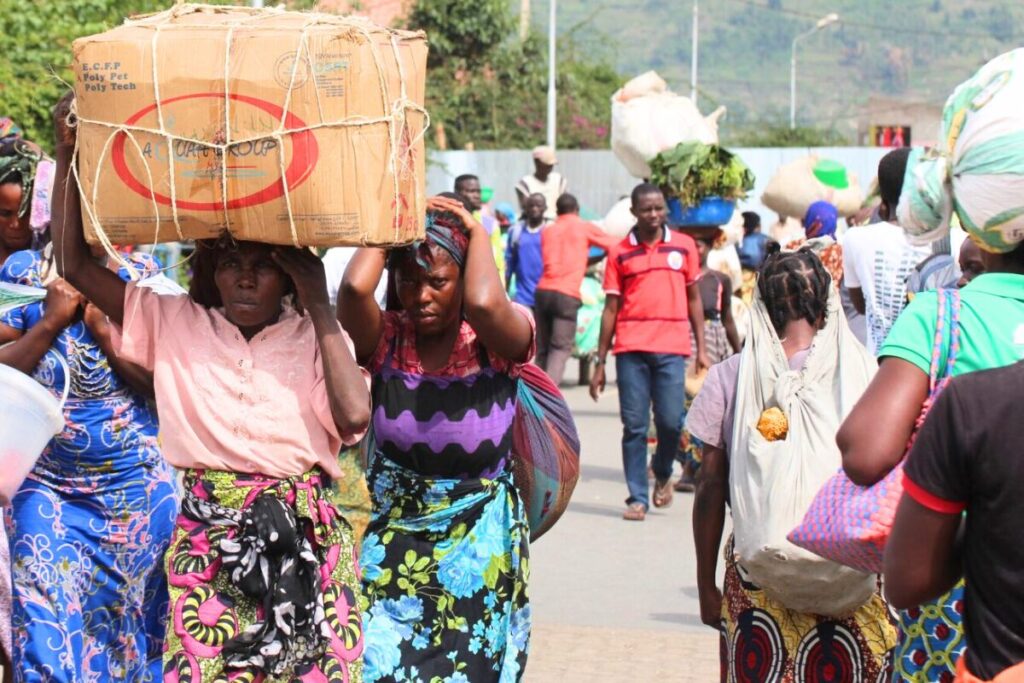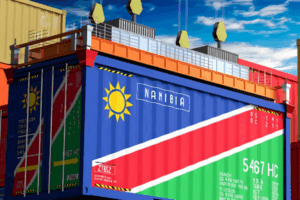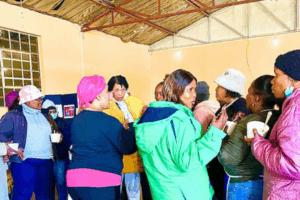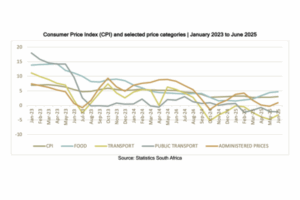The AfCFTA Protocol on Women and Youth in Trade focuses on tackling practical trade-related issues and persistent challenges faced by women in both informal and formal trade sectors.
Key points
- Despite the potential economic benefits for the 1.3 billion people living in Africa, the focus is on how, especially workers, will benefit from the African Continental Free Trade Area (AfCFTA.)
- There is a need to probe into the AfCFTA protocols to understand measures for safeguarding the interests of workers.
- Key AfCFTA protocols include trade in goods, trade in services, investment, intellectual property rights, competition, dispute settlement, transit, and customs cooperation.
- Labour protocols are essential for promoting inclusivity and equity within the labour market.
- Labour protocols can mitigate potential job displacement resulting from trade liberalisation.
- Provisions for retraining, job transitions, and support during economic transitions align with ILO labour principles.
- A comprehensive labour protocol within AfCFTA is crucial for addressing the needs of youth, women, and informal sector workers.
Africa accounts for 17 per cent of the world’s population, but less than 3 per cent of global GDP. According to UNCTAD’s Economic Development in Africa Report in 2019, the share of intra African exports as a percentage of total African exports increased from about 10 percent in 1995 to only 17 percent in 2017, but it remains low compared to levels in Europe (69 percent), Asia (59 percent), and North America (31 percent). In other words, it is more expensive to trade among African countries than it is to trade with other economic blocs such as Europe, Asia or North America. To bridge this trade gap, the African Union (AU), launched the African development blueprint the African Continental Free Trade Area (AfCFTA) agreement. Through this agreement, AfCFTA provides a member driven roadmap for achieving sustainable and inclusive development on the continent of Africa.
The benefits of the African Continental Free Trade Area
Among other things, AfCFTA is expected to eliminate trade barriers between members, making it easier for businesses to trade within Africa and benefit from its own growing market; introduce regulatory measures such as sanitary standards and eliminating non tariff barriers to trade; establish a liberalised market for goods and services; facilitate capital flow; facilitate investments by creating a sizable market; catalyse the introduction of new technology to boost productivity; increase the competitiveness of members economies; promote industrial development through diversification; develop value added systems for products; and establish, in the future, a common continental market market2. The World Bank estimates that the AfCFTA will increase Africa s income by $450 billion by 2035 and increase intra African exports by more than 81 per cent.
According to the UN Economic Commission for Africa, this single market trade agreement will enable the African economy to reach the $29 trillion mark by 2050. The most important question yet unanswered however remains. How do the 1.3 billion people in Africa, including the African worker benefit from this tract pact? What measures exist to safeguard workers interests in this agreement? To uncover this mystery, there is the need to examine the existing AfCFTA protocols.
The AfCFTA protocols
The AfCFTA is structured around a series of protocols and annexes that outline specific provisions and commitments related to trade and other economic activities activities. The key protocols of the AfCFTA at present include: trade in goods protocol; trade in services; investment; intellectual property rights; competition; dispute settlement; digital trade; and women and youth in trade protocol.
What does the AfCFTA say about women and youth?
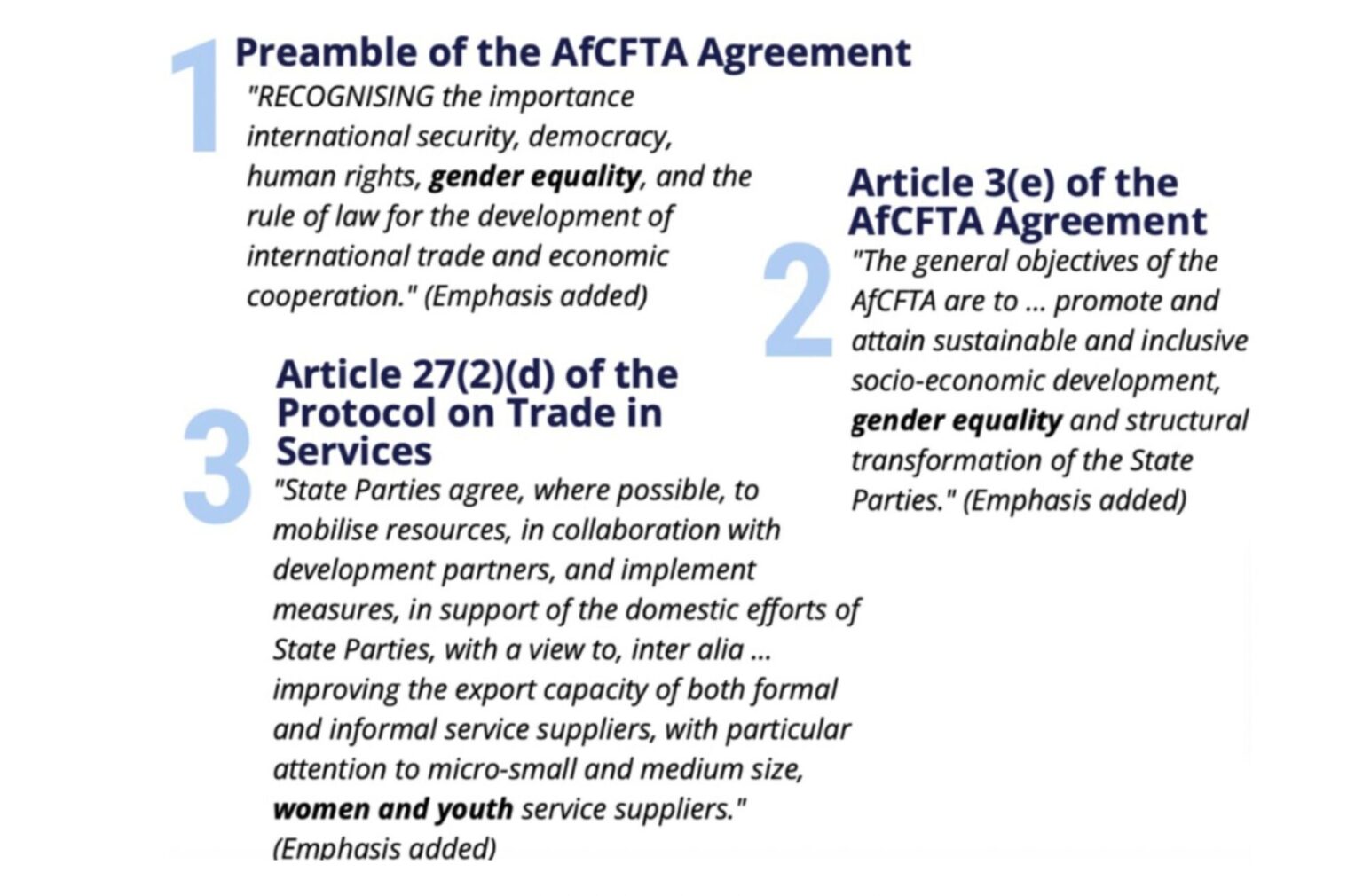
The AfCFTA protocols serve as a powerful means to promote inclusivity and equity within the labour market. Women, youth, and informal sector workers often encounter distinct challenges and vulnerabilities that can hinder their full participation in the workforce. Labour protocols that centre on these groups play a pivotal role in ensuring that the benefits of trade and economic integration are distributed more fairly, thereby promoting inclusivity and helping rectify historical disparities. Furthermore, these labour protocols empower marginalised groups by addressing their unique labour related issues. Women and youth constitute a significant portion of the labour force on the continent , yet they are often underrepresented in formal employment, where they may face unequal pay and limited access to opportunities for advancement. Informal sector workers, on the other hand, commonly grapple with job insecurity and lack social protection.
Labour protocols can empower these groups by addressing fundamental issues such as fair wages, improved working conditions, and access to social protection measures. Additionally, labour protocols within AfCFTA can focus on skills development and training for women, youth, and informal sector workers.
Given the changing nature of work and the evolving demands of the job market, facilitating programs and initiatives that enhance their skill sets and employability becomes crucial. These programs can open doors to better job opportunities and foster greater economic participation for these groups.
Furthermore, the protocols will protect the rights of workers, especially in sectors where informal labour practices are prevalent. This protection encompasses matters related to minimum wage levels, working hours, occupational health and safety standards, and the right to organise and advocate for their interests.
Labour protocols within AfCFTA can also support entrepreneurship within the informal sector. This sector often includes small scale entrepreneurs and self employed individuals, and these protocols can provide much needed support and incentives for transitioning these entrepreneurs into the formal sector. This transition can help them access critical resources and markets more effectively, fostering economic growth and stability.
Finally, the labour protocols on women, youth and informal sector workers will play a pivotal role in mitigating the potential displacement of workers in response to trade liberalisation. While trade liberalisation brings numerous benefits, it can sometimes lead to job displacement, especially in certain industries. Labour protocols can include provisions to address the needs of displaced workers, providing opportunities for retraining, job transitions, and support during economic transitions. It is therefore important to develop a a comprehensive labour protocol within the framework of AfCFTA, that aligns with the ILO labour principles and makes the necessary provisions for the youth, women, and informal sector workers in Africa Africa.
*Dr Hod Anyigba is the Executive Director of the Africa Labour Research and Education Institute (ALREI) of ITUC-Africa.
____________________________________________
References
1. United Nations Conference on Trade and Development (UNCTAD). (2019). Economic Development in Africa Report.
2. African Union. (n.d.). African Continental Free Trade Area (AfCFTA). Retrieved from https://au.int/en/cfta
3. World Bank. (n.d.). African Continental Free Trade Area (AfCFTA). Retrieved from
https://www.worldbank.org/en/region/afr/overview
4. United Nations Economic Commission for Africa. (n.d.). African Continental Free Trade Area (AfCFTA). Retrieved from https://www.uneca.org/afcfta
5 . International Labour Organization (ILO). (n.d.). ILO Principles. Retrieved from https://www.ilo.org/global/about the ilo/mission and objectives/WCMS_108539/lang en/index.htm
Main photo credit: KT Press Rwanda
RELATED ARTICLES
- LRS briefing on Africa Continental Free Trade Area (AfCFTA) negotiations
- What workers know, think, and feel about the AfCFTA
- How cross-border trade can thrive under the AfCFTA
- 12 recommendations to ensure decent work for women and youth in AfCFTA


